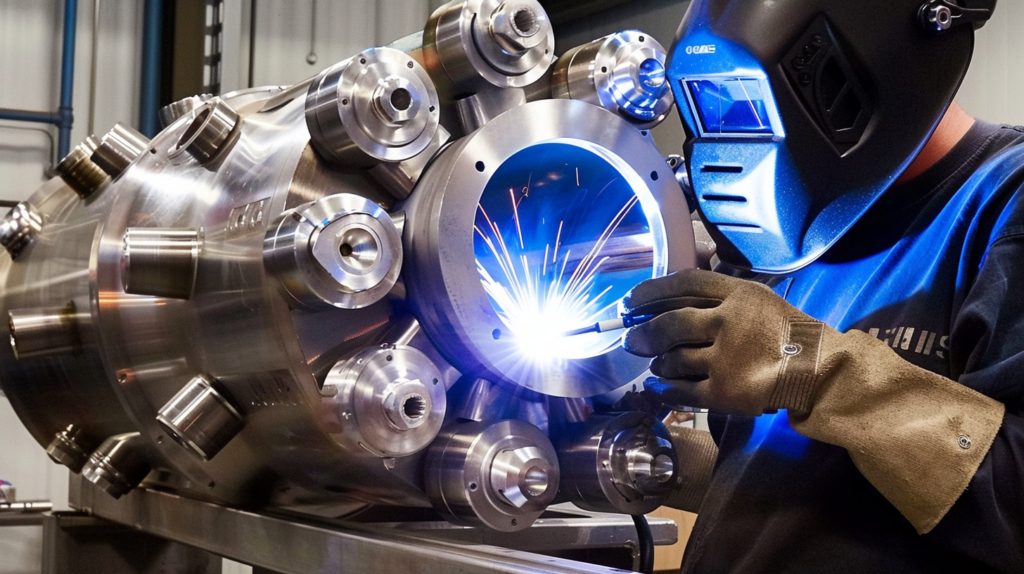
Welding is an indispensable technique across various industries, pivotal for constructing everything from small tools to large infrastructures. Its applications in precision manufacturing, especially in making vacuum chambers, underscore the critical role of choosing the right welding process for specific materials.
Quick Overview of Welding Types
Several main types of welding each offer unique benefits and are suited for different applications. These include MIG Welding, TIG Welding, Stick Welding, Plasma Arc Welding, Electron Beam and Laser Welding, Gas Welding, Friction Stir Welding, Braze Welding, Argon Arc Welding, Vacuum Brazing, and Vacuum Diffusion Welding.
Importance of Welding Choice
Choosing the appropriate welding type is crucial in high-stakes applications like vacuum chamber manufacturing, where the integrity and strength of the joint are paramount.
Major Welding Processes Detailed
MIG Welding (Metal Inert Gas Welding)
MIG welding is versatile and relatively easy to learn, making it popular for both DIY enthusiasts and industrial projects. Suitable for a variety of metals including steel, stainless steel, and aluminum, it’s particularly useful for its speed in joining thinner metal pieces and its clean welds, essential in vacuum chambers.
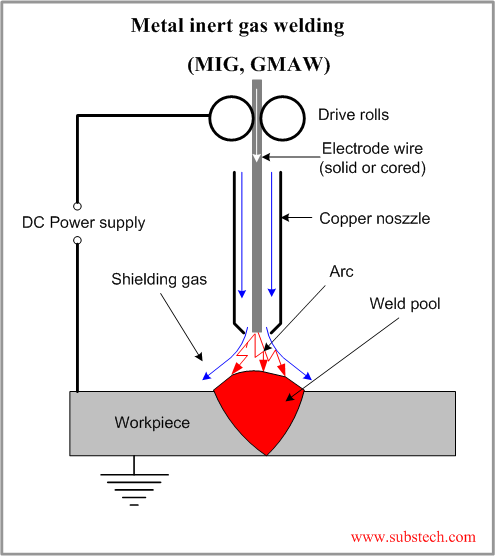
TIG Welding (Tungsten Inert Gas Welding)
TIG welding is known for its precision and versatility, ideal for welding stainless steel, aluminum, and other non-ferrous metals. This technique offers excellent control and produces high-quality welds necessary for the delicate components in vacuum chambers.
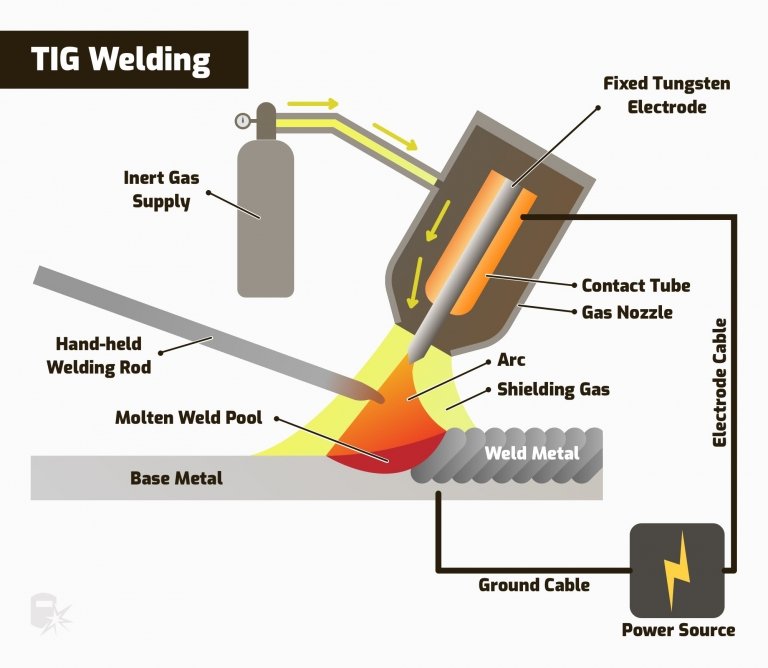
Stick Welding (Shielded Metal Arc Welding)
Stick welding is robust and effective, best suited for iron and steel. It is widely used in outdoor and rugged environments and is valued for its simplicity and adaptability, making it suitable for heavy components of vacuum chambers.

Plasma Arc Welding
Plasma arc welding provides a concentrated and precise heat source, making it ideal for stainless steel and aluminum used in vacuum chambers. It offers greater control over the weld than most other techniques, which is crucial for achieving clean and precise joins.
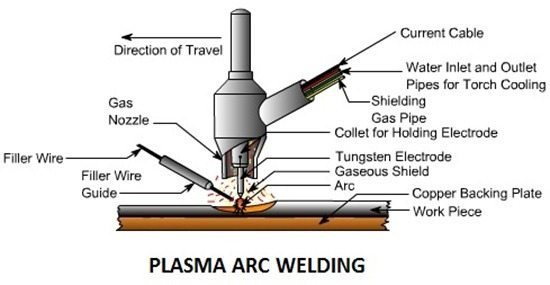
Electron Beam and Laser Welding
Electron beam and laser welding are advanced processes that deliver precise, high-penetration welds with minimal heat spread. These methods are perfect for sensitive applications involving complex assemblies in vacuum chambers.
Gas Welding
Gas welding, using fuels like acetylene, is primarily utilized for its portability and simplicity in repair tasks. It’s particularly effective for softer metals like copper and aluminum, often used in components requiring lower heat inputs in vacuum chambers.
Friction Stir Welding (FSW)
Friction stir welding excels in joining non-ferrous alloys like aluminum and magnesium, without melting the materials. This feature is crucial for maintaining the integrity of thin metal structures in vacuum chambers, ensuring strong joints without thermal distortion. You can find more details in this article about FSW.
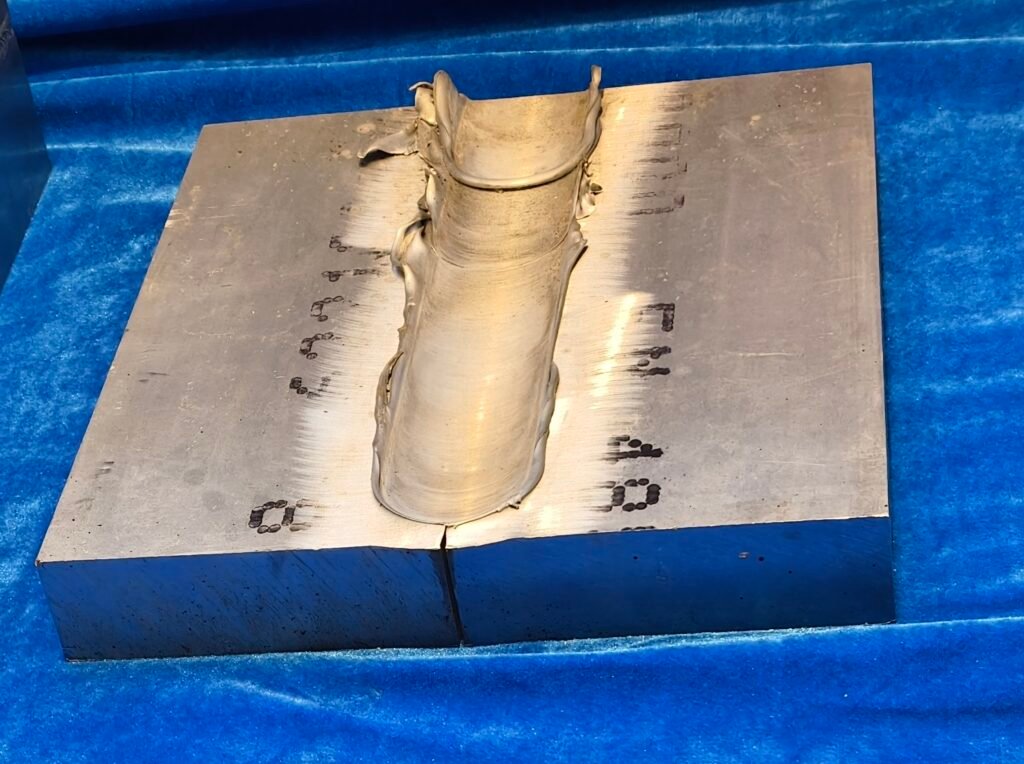
Braze Welding
Braze welding uses a filler material that melts at a lower temperature than the base metals, avoiding warping or melting of the joint areas. It’s excellent for joining dissimilar metals, and beneficial in fabricating complex vacuum chamber assemblies.
Argon Arc Welding (GTAW or TIG)
Argon arc welding, also known as TIG, utilizes argon as a shielding gas to enhance the purity and aesthetics of the weld. This is particularly beneficial for welding sensitive internal components of vacuum chambers.
Vacuum Brazing
Vacuum brazing is conducted in a vacuum environment, preventing oxidation and contamination. This method is ideal for creating exceptionally clean and strong bonds between metals, ceramics, and other composites used in sophisticated vacuum chamber systems.
Vacuum Diffusion Welding
Vacuum diffusion welding involves the bonding of materials at high temperatures under vacuum conditions, perfect for achieving high-strength joins in materials with different melting points, used in critical vacuum chamber interfaces.
Application in Vacuum Chamber Making
The selection of welding type is based on the specific needs of the vacuum chamber construction, including material compatibility, joint strength, and environmental considerations. Advanced techniques like vacuum brazing and diffusion welding are especially beneficial for their ability to form strong, clean bonds.
Conclusion
The diverse array of welding techniques available today enables precise customization of vacuum chamber manufacturing projects. Understanding and selecting the right welding method can significantly enhance the quality and functionality of the final product. For more detailed guidance on selecting and applying these techniques, or if you’re looking to delve deeper into the capabilities of each method, don’t hesitate to reach out for a comprehensive consultation.


